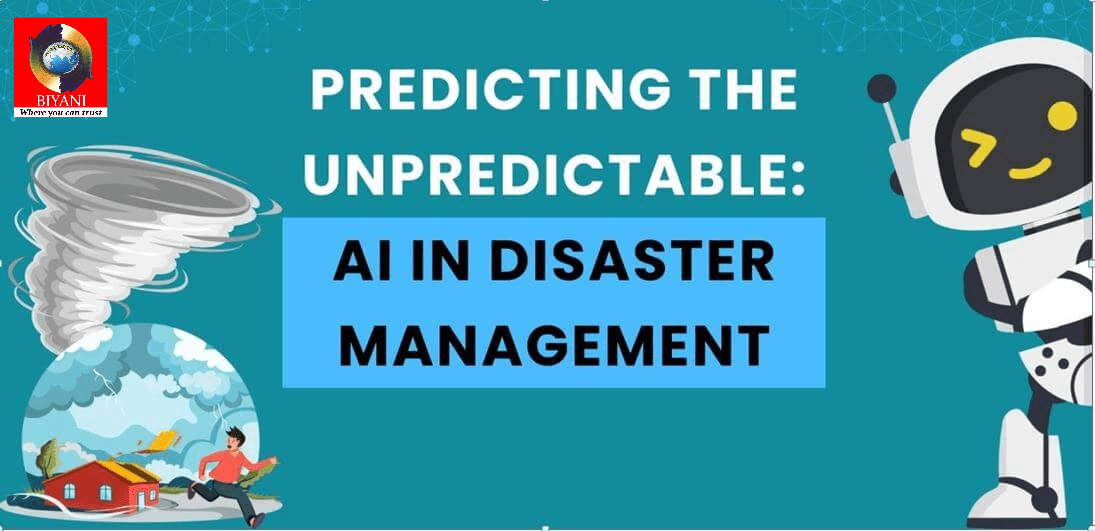How EdTech is Changing Education
EdTech is the term for utilizing technology to enhance the process of teaching and learning. This ranges from AI and ML software to electronic books and online education. The COVID-19 pandemic made EdTech’s reach especially apparent. Products like Google Classroom, Zoom, and virtual classrooms became essential tools for both teachers and students, allowing a vast number of students to keep on top of their studies when educational institutions needed to replace distant learning.
Key Trends That Are Defining the Future of Learning
- AI-Driven Learning Personalization
One of the most fascinating EdTech advances is the concept of personalized learning. The traditional school system’s one-size-fits-all solution presumed that every student learned similarly and at the same speed. But we know that everybody learns differently and at a different pace.
Artificial intelligence and machine learning are making education more personalized. The technologies can analyze a student’s progress in real-time and customize learning materials according to their interests, strengths, and weaknesses. AI-powered tutors in the future can offer immediate feedback and assistance, enabling students to learn tough concepts at their own pace. As AI monitors a student’s progress over a period of time, it can also ensure they remain challenged but not overwhelmed.
- Gamification: Making Learning Fun
Students are hard to keep interested in our distracted world. Education can be more captivating when gamification—the addition of game-like features such as challenges, points, and rewards—is integrated. Classcraft and Kahoot! are already changing lessons since they are interactive and invoke students’ natural competitive nature and need to succeed. EdTech maintains students’ interest and engagement in learning by making it fun.
- Virtual and Augmented Reality in the Classroom
Virtual reality (VR) and augmented reality (AR) are two technologies that may transform education. These immersive devices allow students to see things that would be too costly or complicated to simulate in the real world. For instance, students might learn about the human body through 3D models of organs or take a trip back in time to ancient Rome. VR and AR have the potential to bring lessons to life in ways that textbooks and videos simply can’t rival.
- Microlearning: Small Bites, Big Impact
Attention spans diminish; microlearning is on the rise. It involves breaking down big bites of information into tiny, bite-sized lessons that are easy and quick to complete, frequently in the midst of being on the go. Consider such platforms as Duolingo for learning languages or LinkedIn Learning for career advancement. Students may in the future enjoy access to an extensive library of micro-courses that enable them to learn in small, bite-sized increments at any time and place.
- Blockchain: Transforming Credentials and Verification
Blockchain technology, popularly associated with cryptocurrencies, has the potential to transform how we authenticate educational credentials as well. With blockchain, students will own their academic records in full, making verification of degrees and certificates more transparent, secure, and impenetrable to tampering.
- AI in Education Administration
AI’s impact isn’t just limited to personalize learning. It’s also transforming the administrative side of education. Tasks like grading assignments, tracking attendance, and answering common student questions can be automated with AI. Additionally, AI can analyze student performance data, identifying trends and helping schools make data-driven decisions. The future likely holds more AI integration in education administration, making schools more efficient and responsive.
Overcoming Challenges in the Future of EdTech
While the future of education powered by EdTech looks promising, several challenges must be addressed to ensure that its benefits are widespread and equitable.
- The Digital Divide
Even the majority of students, particularly in low-income or rural communities, still do not possess the technology and internet access required to engage in online education. Making sure all students have the resources they require to succeed so that EdTech can become equitable is absolutely crucial.
- Data Security and Privacy
Strict security protocols need to be implemented so that students’ privacy is ensured since EdTech platforms involve more personal information. Schools, parents, and students all need to feel safe knowing that their data is being processed in a proper and secure manner.
- Teacher Training and Adjustment
Teachers must have the training and support necessary to effectively incorporate these new tools. This requires not only learning how to use new technology but also knowing how to integrate it into lesson plans in ways that support learning.
- Ethical considerations
AI and quantitative learning becoming increasingly prevalent, issues related to fairness, bias, and transparency must be addressed. Education systems must ensure that AI-based tools are used in a general sense and do not reinforce existing inequalities.
Blog By
Shbna Ali
Assistant Professor
Biyani Girls College


